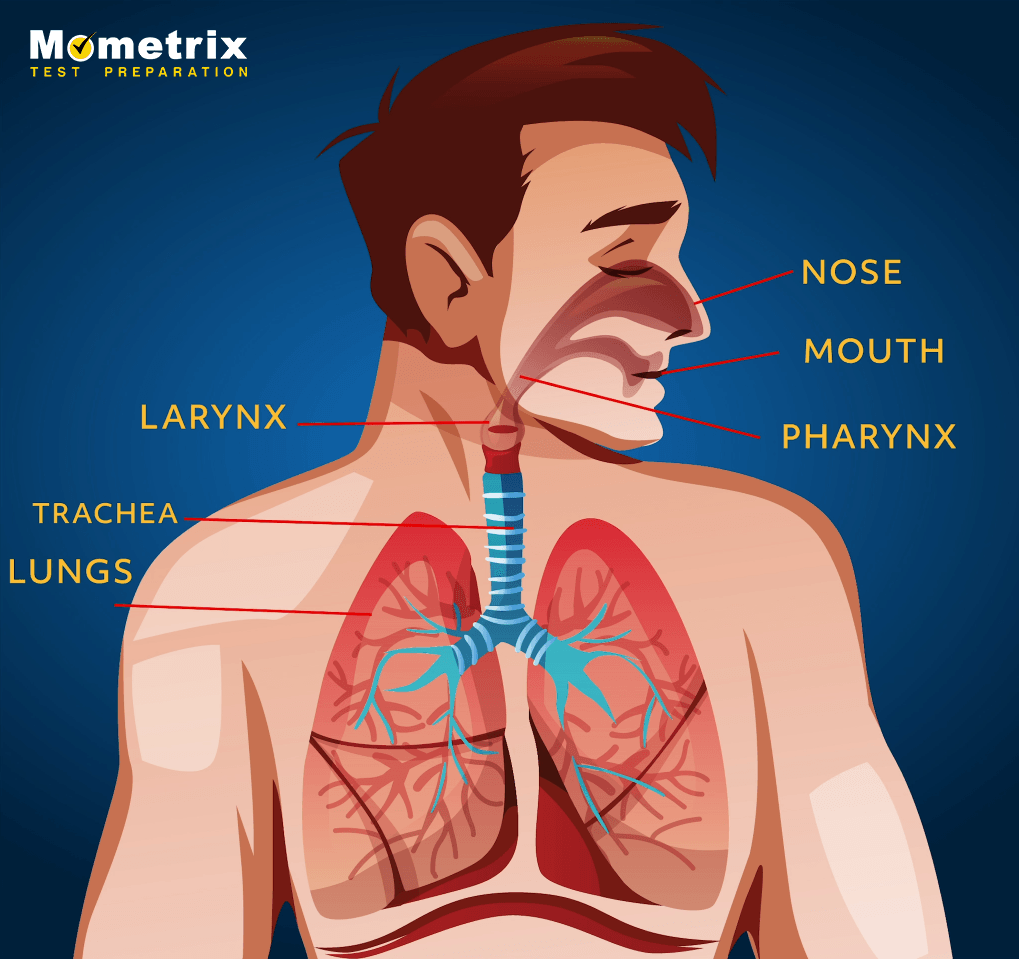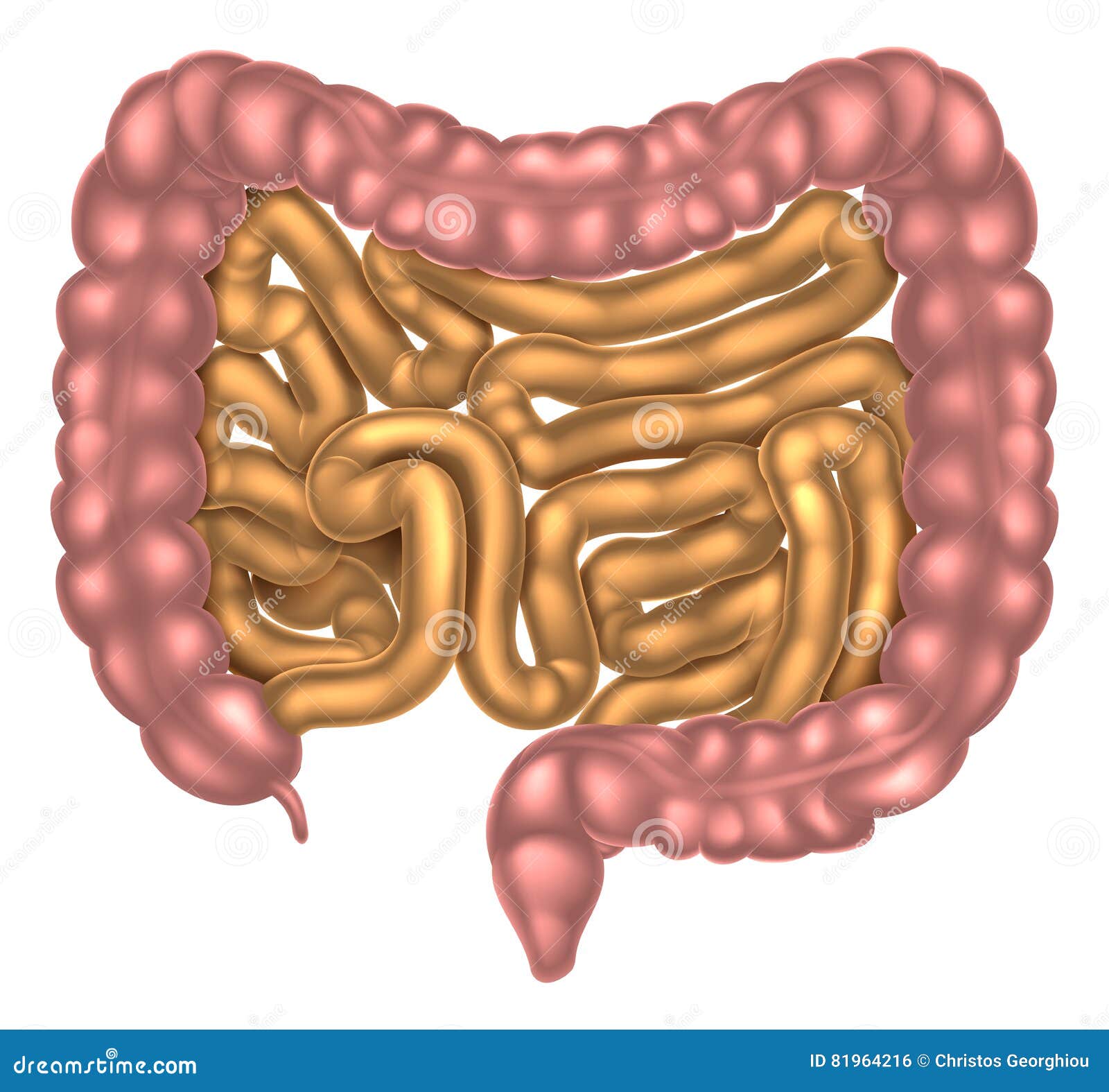The digestive system helps us get:
energy
The respiratory system allows us to get ____________ from the air
oxygen
The most important organ in the nervous system is the:
brain
What do we breathe out:
carbon dioxide
Carnivores eat:
meat/other animals
This is what gives us our energy: ____________
food
We breathe through ______ and _________
nose and mouth
 The brain can _____________ messages.
The brain can _____________ messages.
a) receive
b) send
c) both send and receive
both
What is the name of the liquid that first starts to break down the food we eat?
Saliva
hibernation
The name of where the digestive system begins:
the mouth

the organ at the bottom is called:
the diaphragm
The part that goes down the back is called the: _____ _______

spinal cord
The brain sends signals that zap and travel through like traveling through a cable. These signals are similar to:
electricity.
Yes! they are electrical and chemical signals
Plants begin as a ___________, then they _________.
seed
sprout
After the mouth, the digestive system travels through the________________
esophagus
the tube part is called:
a) lungs b) trachea c) bronchi

trachea
The brain only sends voluntary signals (like signals we THINK to do)
a) True
b) False
FALSE! The brain sends involuntary signals like reflexes or telling our heart to keep beating
1) Our body uses everything we eat
True or False
2) What is it called when our stomach breaks down our food?
False!
Waste material is thrown out (in the toilet)
2) digest
An environment that is usually dry and hot. With very little rainfall.
Desert

The pink one is called the:_____________-
The yellow is called the:_______________
large intestine
small intestine
The little parts inside the lungs are called:
The signals our brains sends travel through the __________
nerves in our body
Explain how the digestive system, the nervous system, and the respiratory system work together in this scenario:
I ate some snacks and then get ready to play a long game of soccer where I run a lot and start losing my breath.
STUDENT RESPONSE
Shows how energy flows from one animal to another
A food chain